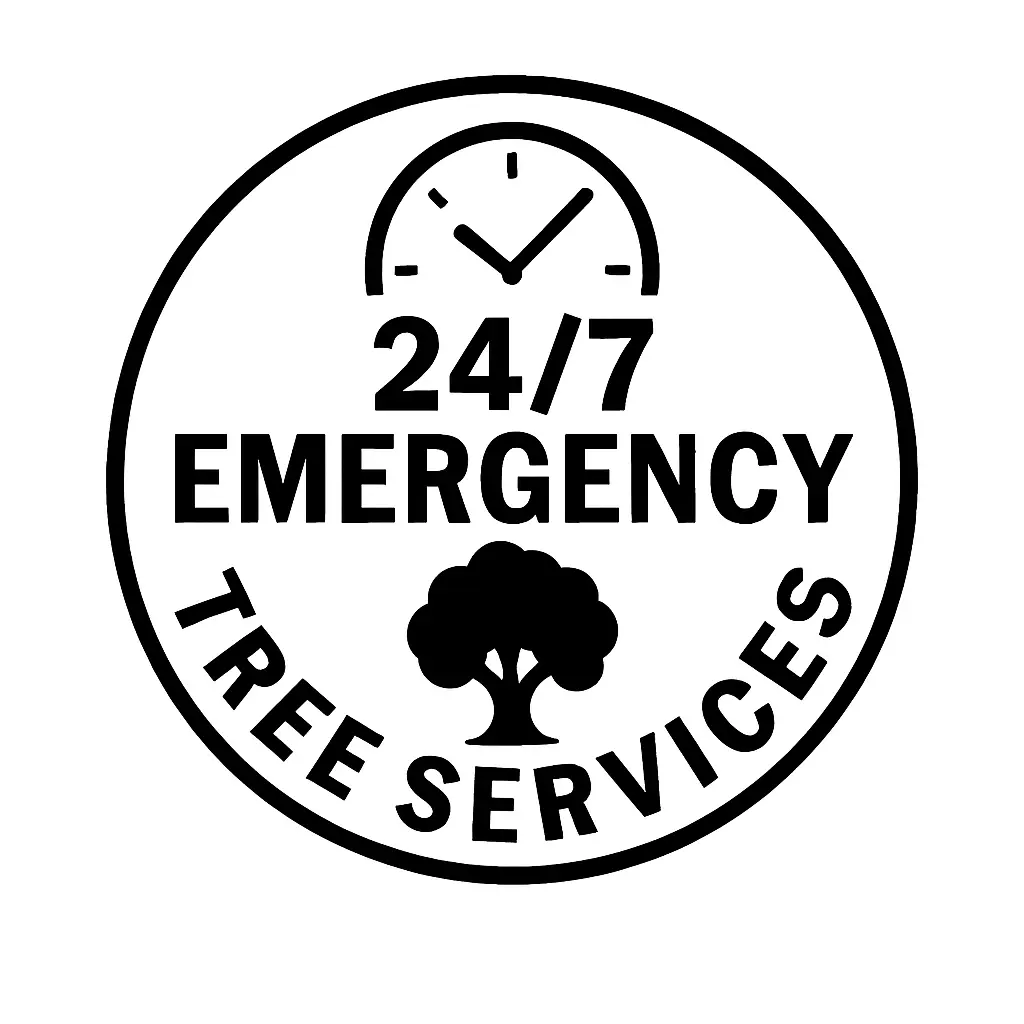The American Elm, once a dominant and majestic presence in urban landscapes across the United States, has seen its numbers dwindle due to disease and environmental challenges. Yet, amidst these struggles, certain specimens are testaments to resilience and careful stewardship. One example is the venerable elm on Fordham University’s Rose Hill campus in the Bronx, known as the Fordham Elm. This post explores the historical significance of this tree, delves into the essential care practices that have preserved its legacy, and underscores the broader importance of tree care in urban environments.

The Fordham Elm
Nestled within the lush grounds of Fordham University’s Rose Hill campus, the Fordham Elm is not just any tree. Estimated to be 280 years old, it has been a silent witness to centuries of history, from the American Revolution to the information age (Fordham Newsroom). The elm’s remarkable longevity is celebrated for its age and survival through adversities such as the Dutch Elm Disease outbreaks and severe weather events like hurricanes Sandy and Irene.
Fordham Geography
- East Tremont: This neighborhood borders Fordham to the east and Tremont to the west. It is a vibrant and diverse community with a rich history.
- Westchester Heights: This neighborhood is located to the north of Fordham and Tremont. It is a quiet and residential area with stunning views of the city skyline.
- Mount Hope: This neighborhood is located to the south of Fordham and Tremont. It is a historic district with a mix of residential and commercial properties.
- Fairmount Heights: This neighborhood is located to the east of Fordham and Tremont. It is a predominantly residential area with a mix of single-family homes and apartment buildings.
Challenges Faced by the American Elm
The American Elm’s susceptibility to Dutch Elm Disease (DED), a fungal infection spread by bark beetles, has been the bane of its existence since the disease was first introduced in the 1930s. This disease obstructs the tree’s vascular system, preventing water from reaching branches and leaves, ultimately leading to the tree’s demise. The Fordham Elm’s survival is exceptional, given that DED decimated vast elms across North America.
Major Pests
- Elm Leaf Beetle (Xanthogaleruca luteola): Both adults and larvae feed on elm leaves. The larvae skeletonize the leaves, leaving only the veins behind, causing serious defoliation that weakens the tree.
- Elm Bark Beetles (Scolytus multistriatus and Hylurgopinus rufipes) are the primary vectors of Dutch elm disease. Their tunneling and feeding damage the tree and allow the fungus to spread.
- Japanese Beetle (Popillia japonica): While less specialized on elms than other pests, Japanese Beetles can still cause significant defoliation in large numbers.
- Elm Leafminer (Fenusa ulmi): The larvae of this sawfly feed inside elm leaves, creating discolored, winding mines that negatively affect photosynthesis.
Diseases
- Dutch Elm Disease (DED) is a deadly fungal disease caused by Ophiostoma species, primarily spread by elm bark beetles. The fungus clogs the tree’s vascular system, preventing water transport and leading to wilting, yellowing leaves, and eventual tree death.
- Elm Yellows: This disease is caused by a phytoplasma (bacterial-like organism) that leads to leaf yellowing, premature leaf drop, and overall tree decline.
Other Challenges
- Environmental Stressors: American elms can be sensitive to urban conditions like air pollution, soil compaction, and drought. These stressors weaken the trees, making them more susceptible to pests and diseases.
- Construction Damage: Root damage from construction or digging activities can create entry points for diseases and make the tree more vulnerable to decline.
Care and Conservation of American Elms
The preservation of the Fordham Elm can be attributed to a rigorous care regimen overseen by master arborists. Annual fungicide injections to protect against DED and meticulous pruning to maintain structural integrity are just a few of the practices employed. Additionally, introducing disease-resistant elm cultivars offers hope for the future. Varieties like ‘Valley Forge’ and ‘Princeton’ have been developed specifically to resist DED, combining the beloved aesthetic of traditional elms with much-needed durability.
The Importance of Elm Tree Care
Beyond their beauty, elms like the Fordham Elm are crucial in urban ecosystems. The ongoing efforts to care for these trees underscore a commitment to environmental stewardship and biodiversity. They’re a model of how targeted care and scientific advancement can work hand in hand to preserve our natural heritage.
The Fordham Elm symbolizes historical continuity and hope. It exemplifies what can be achieved through dedicated care and advances in tree health science. As urban landscapes continue to evolve, the story of the Fordham Elm serves as a compelling call to action, reminding us of the critical importance of maintaining and protecting our urban green spaces for future generations. If you have an American Elm tree and happen to live in the Bronx or Manhattan and want us to inspect it, please give us a call. We do tree service in the Fordham University / Tremont area of the West Bronx. We provide tree removal, trimming, pruning, and emergency services in the areas surrounding: Kingsbridge, Norwood, Inwood, Fort George, Morris Heights, High Bridge, Longwood, Williamsbridge, and Upper Manhattan. We offer free on-site inspections, and we work with you to make you happy. Call Owens Brothers Tree Service now: 718-885-0914.





